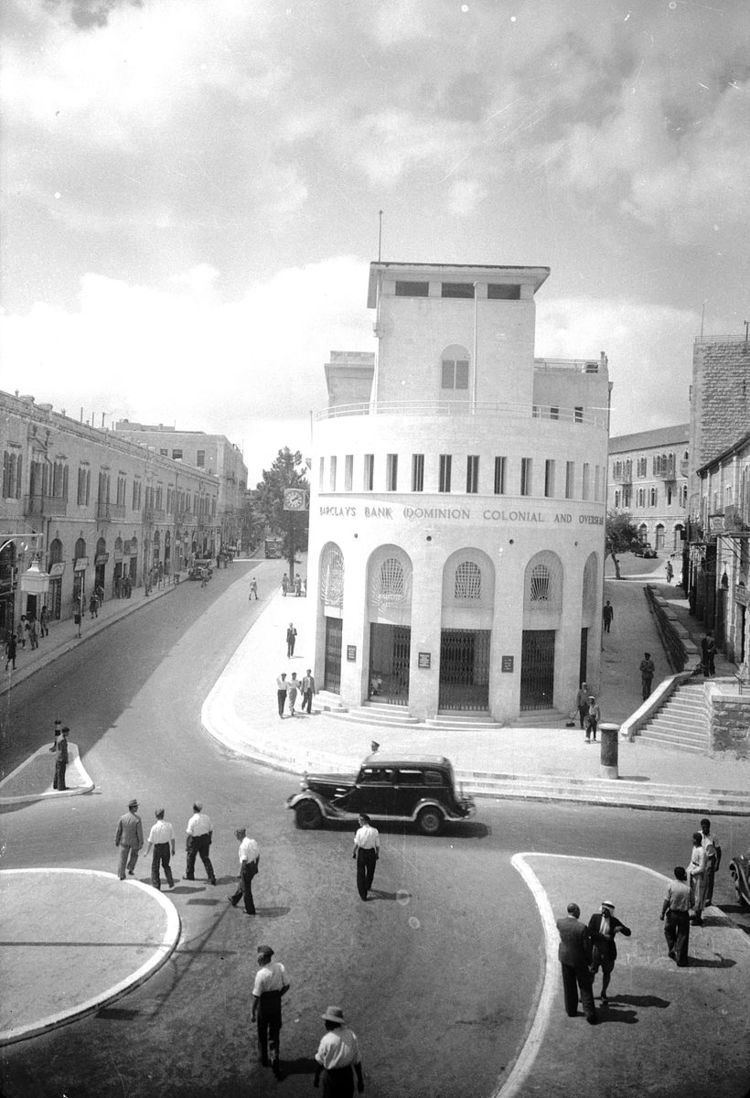Founder Jean-Baptiste Pastré | ||
 | ||
Anglo egyptian bank top 5 facts
The Anglo-Egyptian Bank was a British overseas bank established in 1864. The founding banks were Agra and Masterman's Bank and the General Credit and Finance Co., and the bank incorporated Pastré Frères et Compagnie (est. 1821; reorganized 1827) and Giovanni Sinadino and Co., which was the only one of the four to have its seat in Egypt, in Alexandria. The senior officials of all four firms sat on the first board of directors.
Contents
In addition to its activities in Egypt, the Anglo-Egyptian opened branches in the British Mediterranean, where it frequently acted as banker to the British authorities.
From 1921 on, Barclays Bank had a controlling interest in Anglo-Egyptian. In 1925, Barclays Bank merged Anglo-Egyptian with Colonial Bank and National Bank of South Africa to form Barclays (Dominion, Colonial & Overseas). In 1956, following the Anglo-French attack on Port Said, the Egyptian government sequestrated the 19 branches, one sub-branch, and 26 agencies in Egypt, using them to found Bank of Alexandria.
